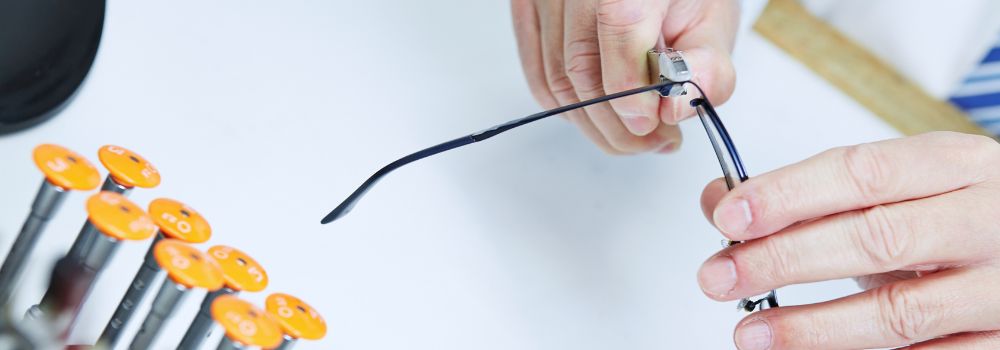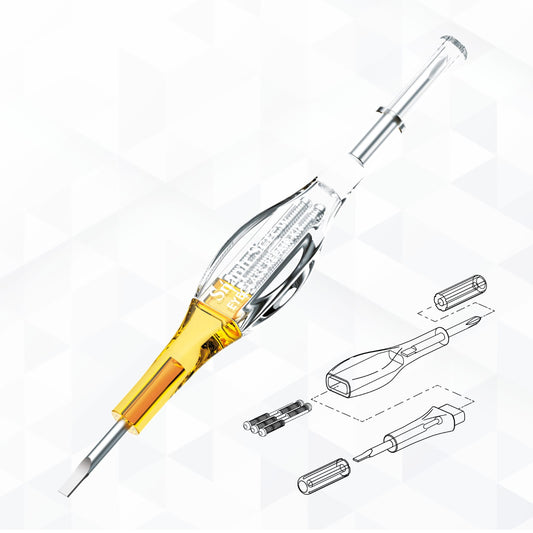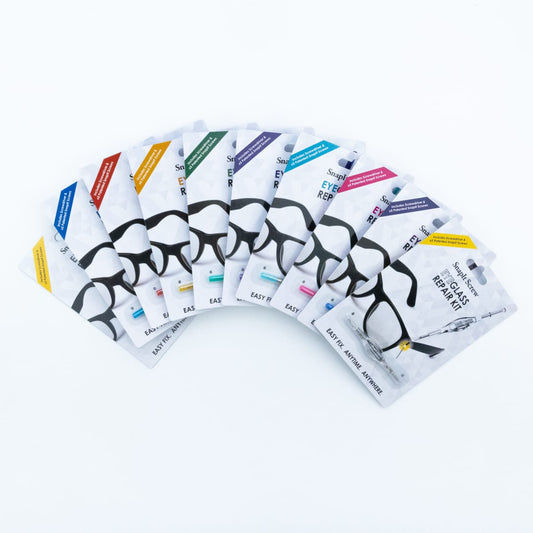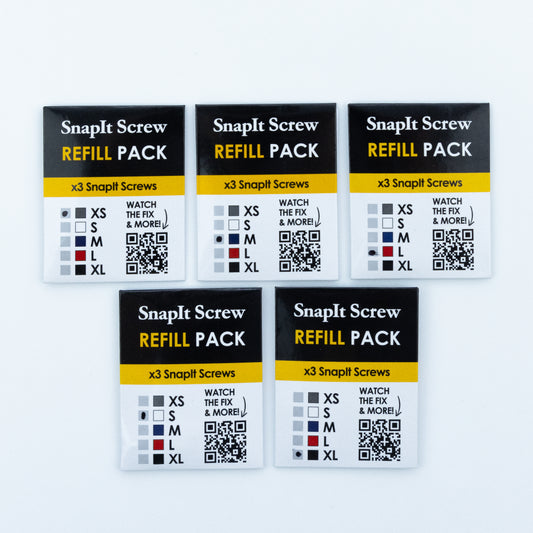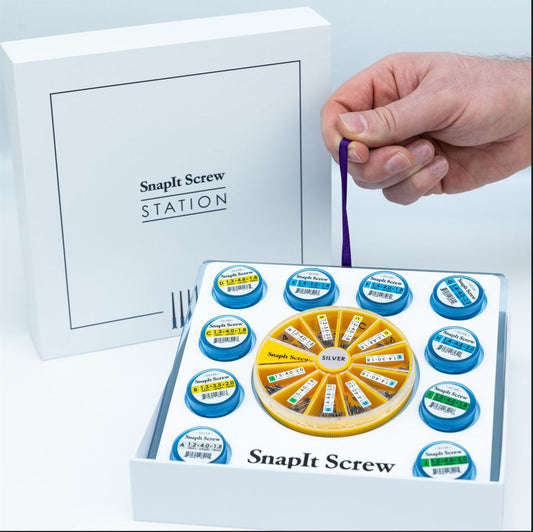Why Adjust Glasses at Home?
Adjusting glasses at home saves time and money while ensuring your glasses fit perfectly. Whether it’s a crooked frame, loose nose pads, or misaligned arms, minor adjustments can significantly improve comfort and functionality. With basic tools like a small screwdriver and household items such as warm water or a hair dryer, you can tackle most issues without professional help.
This guide covers adjustments for both plastic and metal frames, ensuring you can address a wide range of problems and keep your glasses from sliding or sitting unevenly.
What Tools Do You Need to Adjust Glasses?
To adjust your glasses at home, you’ll need a few basic tools:
-
Small screwdriver: For tightening or loosening screws on the hinges and nose pads.
-
Soft cloth: Protects the lenses and frames during adjustments.
-
Warm water or hair dryer: Used to gently heat plastic frames for bending.
-
Tweezers: Helps handle small screws or nose pad components.
For more complex adjustments, having an eyeglass repair kit on hand is helpful. These kits typically include replacement screws, nose pads, and specialized screwdrivers.
How to Tighten Loose Screws on Glasses?
Loose screws can cause the frame or arms to feel unstable.
-
Locate the screws: Check the hinges and nose pads for loose screws.
-
Use the right screwdriver: Choose a small screwdriver that fits the screw head.
-
Tighten gently: Turn the screwdriver clockwise to secure the screws. Avoid over-tightening to prevent damage.
If screws continue to loosen, apply a small amount of clear nail polish or thread locker for added stability.
How to Fix Crooked Glasses
Crooked glasses can make your vision uneven and uncomfortable.
-
Check the frame alignment: Place your glasses on a flat surface to see if one arm is higher than the other.
-
Adjust the arms: Gently bend the higher arm downwards or the lower arm upwards to align the frame.
-
Inspect the nose pads: Misaligned nose pads can also cause crooked glasses. Adjust them using tweezers or your fingers.
Be cautious when bending metal frames to avoid excessive force, which can weaken the material.
Adjusting Nose Pads for Better Comfort
Misaligned or uncomfortable nose pads can make glasses slip or press too tightly against your nose.
-
Inspect the nose pads: Determine if they’re too wide or too narrow.
-
Adjust the angle: Gently bend the metal arms holding the nose pads inward for a snug fit or outward for more space.
-
Tighten screws: Use a screwdriver to secure loose nose pad screws.
Properly adjusted nose pads distribute weight evenly and prevent your glasses from sliding.
How to Bend the Arms for a Better Fit
If your glasses don’t sit comfortably behind your ears, you can adjust the arms.
-
Assess the fit: The arms should curve gently behind your ears without pressing too tightly.
-
Bend carefully: Use your fingers or pliers to adjust the temple tips, curving them slightly inward or outward.
-
Check the alignment: Ensure both arms are symmetrical and evenly adjusted.
For plastic frames, heating the arms with a hair dryer for 30 seconds can make bending easier.
Fixing Frames That Slide Down Your Nose
Sliding frames are a common annoyance but easy to fix.
-
Tighten the screws: Loose hinges can cause frames to lose stability. Tighten them with a screwdriver.
-
Adjust the nose pads: Bring the pads closer together to improve grip on your nose.
-
Bend the arms: Angle the arms slightly inward to increase tension behind your ears.
These adjustments ensure your glasses stay securely in place during daily activities.
Adjusting Metal Frames vs. Plastic Frames
Metal and plastic frames require different techniques for adjustments.
-
Metal frames: Easier to bend but prone to damage if handled too roughly. Use pliers for precise adjustments.
-
Plastic frames: Require heat for flexibility. Warm the frame with a hair dryer or warm water before bending to avoid cracking.
Understanding your frame material helps you choose the right method for safe and effective adjustments.
Using Heat to Adjust Frames Safely
Heat is essential when adjusting plastic frames, as it softens the material and reduces the risk of cracking.
-
Warm the frame: Use a hair dryer or immerse the frame in warm water for 30 seconds.
-
Make adjustments: Bend the frame or arms gently to the desired shape.
-
Cool the frame: Allow the frame to cool naturally, which sets the adjustment.
Avoid using excessive heat, as it can warp or weaken the frame.
How to Handle Misaligned Lenses
Misaligned lenses can distort your vision and cause discomfort.
-
Inspect the frame: Check for bent hinges or uneven arms causing the misalignment.
-
Adjust the frame: Use pliers to straighten metal frames or heat to reshape plastic frames.
-
Re-tighten screws: Secure any loose screws around the lenses to stabilize them.
These adjustments ensure the lenses sit properly within the frame and align with your eyes.
When to Visit an Optician for Professional Adjustments
While many adjustments can be done at home, some issues require professional help:
-
Severely bent frames: Complex misalignments or significant damage.
-
Lens replacement: For scratched or damaged lenses.
-
Designer glasses: High-value eyewear that needs precise handling.
An optician has the tools and expertise to ensure your glasses are adjusted safely and effectively.
 and
and  WHEN BUY 3 KITS
WHEN BUY 3 KITS

